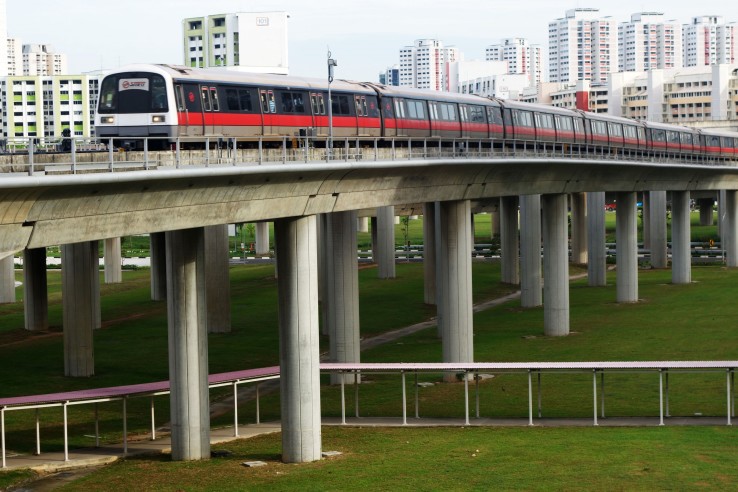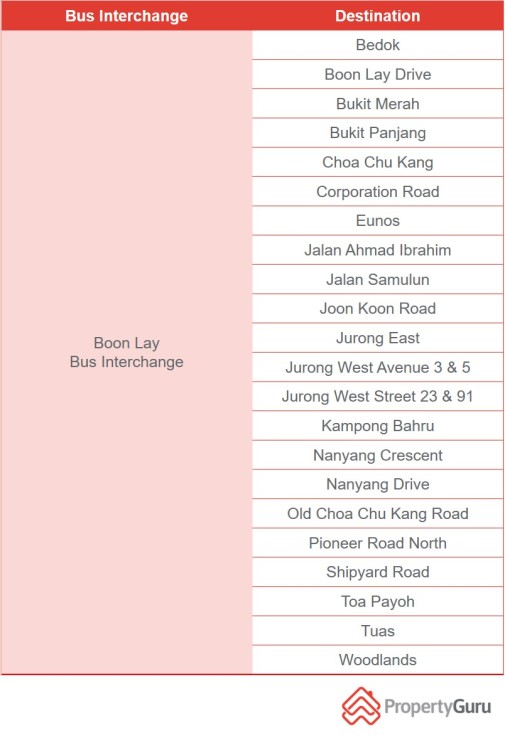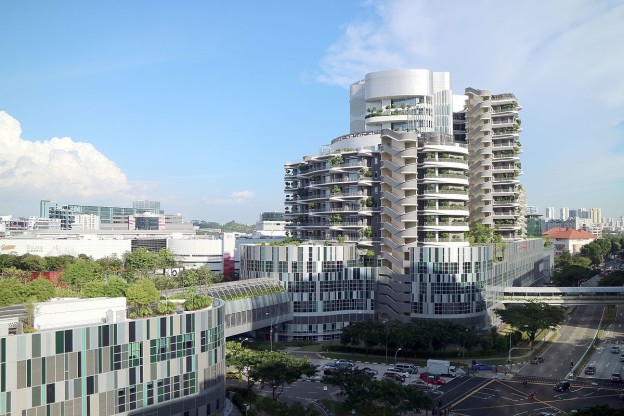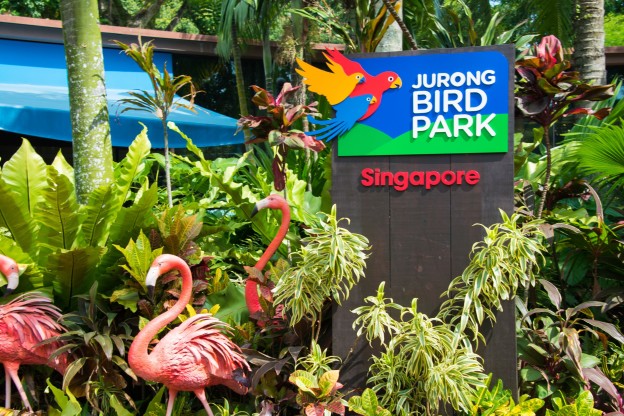
Transportation options in Jurong
Being the industrial hub of Singapore has its advantages. Jurong is extremely well-connected to the rest of Singapore via a comprehensive network of roads and MRT lines.
Residents in Jurong have plenty of choices when it comes to travelling around Singapore via the MRT network. There are a total of five stations along the East-West Line serving Jurong and one of them is an interchange that allows commuters to use the two main MRT lines without the need to change trains.
In addition, plans to transform Jurong into Singapore’s second CBD will necessitate improvements to the transport network to cope with the anticipated increase in traffic.
Search for properties for sale near future MRT stations.
Jurong MRT stations
Currently, Jurong has an excellent MRT network serving the area. There are five MRT stations along the East-West Line serving residents in Jurong. Travel time to the CBD via the MRT averages 30 to 35 minutes.
However, the MRT network for Jurong is expected to be further enhanced in the near future. In conjunction with plans to transform Jurong into Singapore’s second CBD, the government will expand the MRT network with the Jurong Region Line (JRL).
When fully completed in 2028, the JRL will add 24 new stations to the existing MRT network and serve residents of Choa Chu Kang, Boon Lay, Jurong and future developments in Tengah. The JRL’s connection to Choa Chu Kang will provide commuters from the northern region of Singapore a direct link to Jurong, thus reducing the travel time for those living in Woodlands and working in Jurong.
There will be three new interchange stations on the upcoming JRL. Two will be in Jurong, namely Boon Lay and Jurong East MRT stations. The third is Choa Chu Kang MRT station. This indicates that residents of Jurong will find it even easier to connect to any MRT line and hence reduce their travel time to anywhere in Singapore.
Jurong East MRT station will increase in importance as a transport node with the completion of the JRL. It is currently an interchange that allows commuters to take the East-West Line directly to Raffles Place or the North-South Line directly to Orchard Road. When the upcoming JRL is completed, Jurong East MRT station will also serve as an interchange on the JRL connecting residents from Choa Chu Kang to Jurong.

View of an MRT train in Jurong East.
Bus interchanges in Jurong
Residents of Jurong are extremely well-served by the numerous buses passing through the neighbourhood. A total of 21 bus routes originate from Jurong East Bus Interchange, including three cross-border routes that bring passengers across the Causeway to Johor Bahru. Additionally, the nearby Boon Lay Bus Interchange has 27 bus routes that can bring Jurong residents all the way to Woodlands in the north or Bedok in the east.
Jurong is well connected to the rest of the island by three expressways. Motorists going to Jurong from Changi Airport can use the Pan Island Expressway (PIE) and Kranji Expressway (KJE) that connects motorists travelling from Jurong West to Bukit Panjang. Residents of Jurong can use the Ayer Rajah Expressway (AYE) to get home after a hard day’s work in Marina Bay.
Jurong is also well-served by a network of roads. Some of the major roads in the area include Jurong Town Hall Road, Jurong Gateway Road, Pioneer Road and Boon Lay Way. In addition, Jurong Island Highway is a major highway that links the busy Jurong Port to the oil refineries in Jurong Island.
The connectivity of Jurong to the rest of the island is expected to improve as the government gradually implements plans to transform Jurong into Singapore’s second CBD. Under URA’s Masterplan 2014, improvements will be made to Jurong East Street 11, Jurong East Street 21 and Penjuru Road. An alternative route will also be built to divert traffic from Jurong Town Hall Road to the AYE.
Get the Guru View
Jurong may be located towards the western end of Singapore, but travelling to and from the area is a breeze because it has an extensive road and public transport network. The easy connectivity that Jurong enjoys is not surprising because of its long history as Singapore’s industrial hub. Road and transport infrastructure was built over the years to ensure that workers and cargo trucks can travel easily to and from Jurong.
The connectivity of Jurong will improve as it grows in importance as Singapore’s second CBD. Residents of Jurong will find travelling by MRT even more of a breeze when the JRL gradually starts operating from 2026. Motorists can also look forward to planned improvements to the road networks.





